Exploring the Best of Guatemala

Exploring the best of Guatemala includes an epic adventure that combines culture, history, and nature. This Central American gem is home to ancient ruins, colorful markets, lush jungles, and towering volcanoes. As soon as you arrive, you’ll feel the warmth of people, richness of the food, and vibrancy of the landscape.
THE BEST THINGS TO DO IN GUATEMALA
City of Antigua
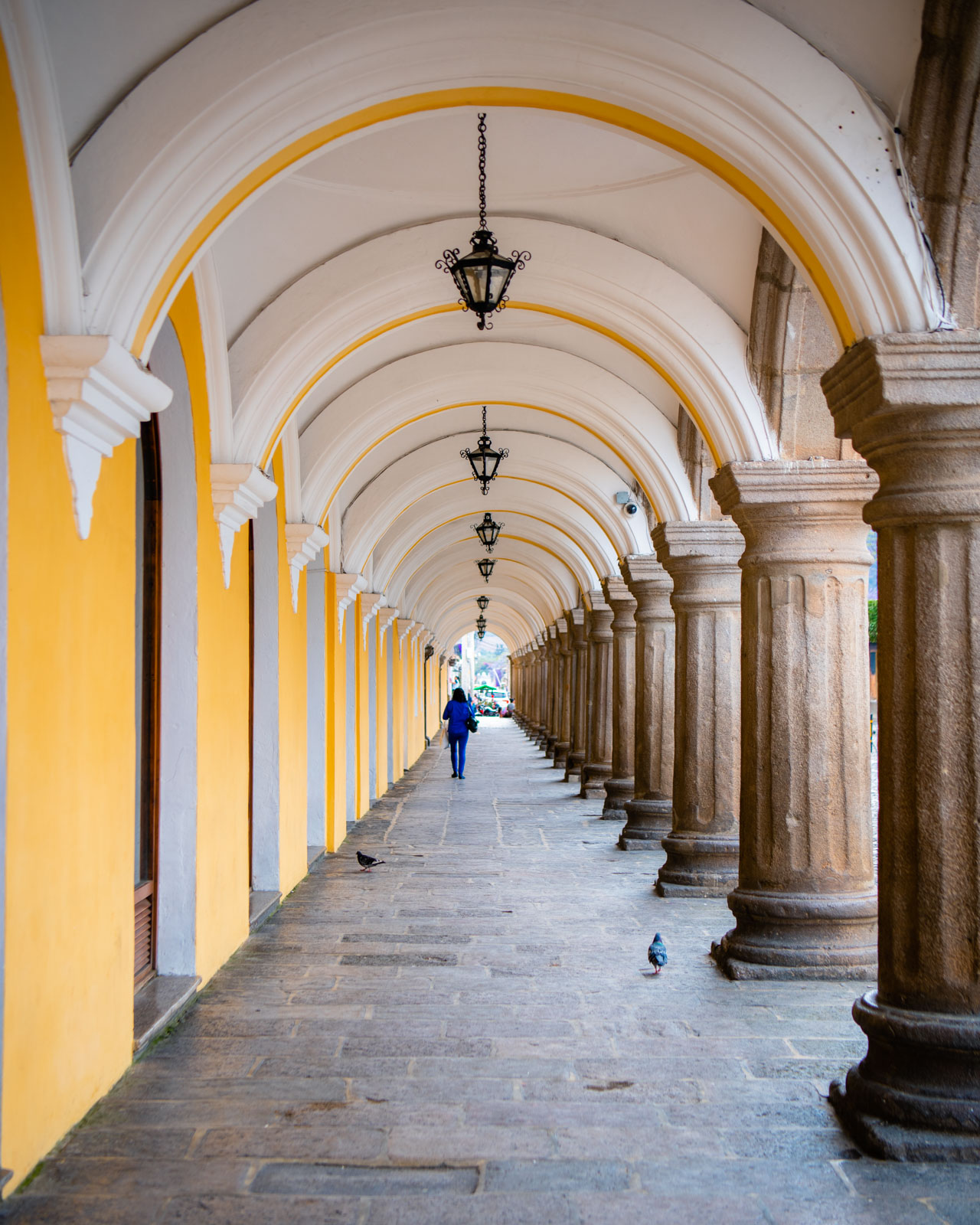
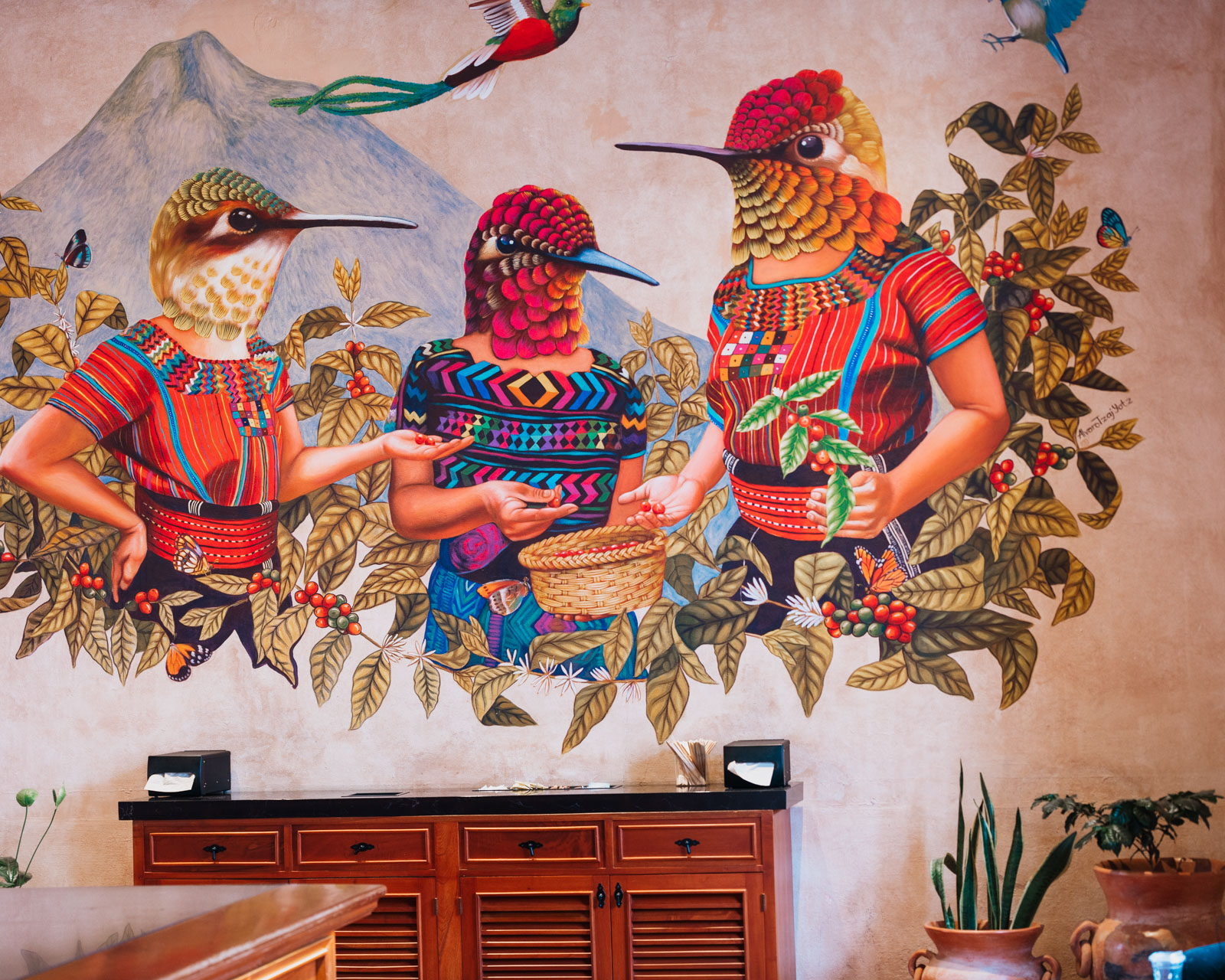

One of the best things about traveling to Guatemala is that you can experience both the old and the new. In Antigua, you’ll feel like you’ve stepped back in time as you wander the cobblestone streets lined with colonial buildings, visit the baroque churches, and admire the brightly colored facades. At the same time, Antigua is a bustling city full of shops, cafes, and restaurants where you can enjoy a cup of coffee, buy some souvenirs, or taste some traditional Guatemalan dishes like pepian or chiles rellenos.
Antigua is an hour and a half from the airport in Guatemala city, so be sure to book your transportation service in advance. Once you arrive in Antigua and are settled in your accommodation, it’s time to explore.
Antigua Walking Tour
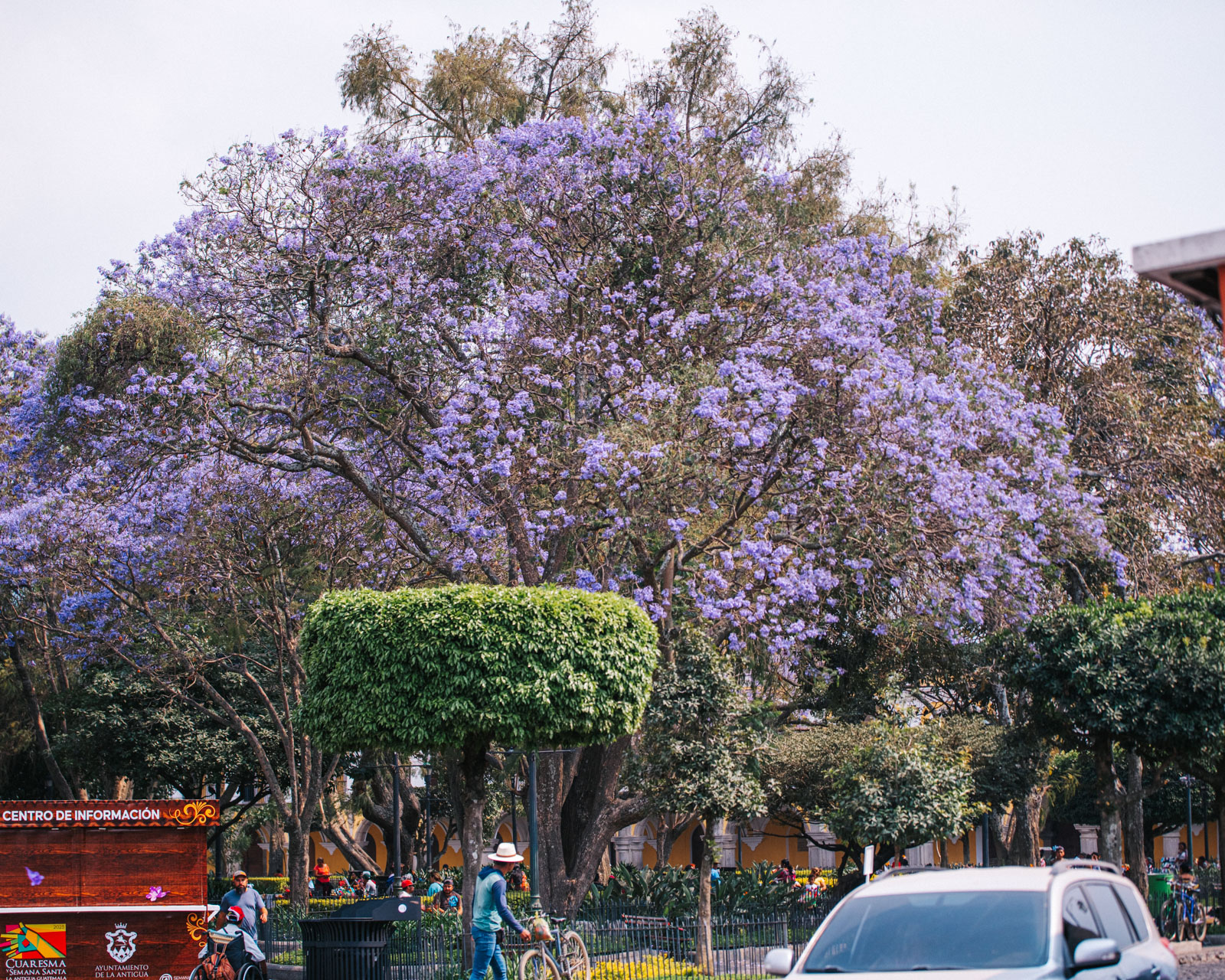
A walking tour of Antigua Guatemala typically includes visits to the city’s main attractions, such as the Central Plaza, the Cathedral, the Santa Catalina Arch, and the Palace of the Captains-General. Your tour guide provides historical and cultural information about each site, as well as interesting anecdotes and facts about the city’s past and present.
Other stops on the tour may include local markets, museums, and churches, depending on the tour operator and your interests. Throughout the tour, you can admire the city’s colonial architecture, soak in its vibrant atmosphere, and learn about its rich cultural heritage. You can schedule a walking tour on GetYourGuide or go out on your own.
Indulge in authentic Guatemalan cuisine
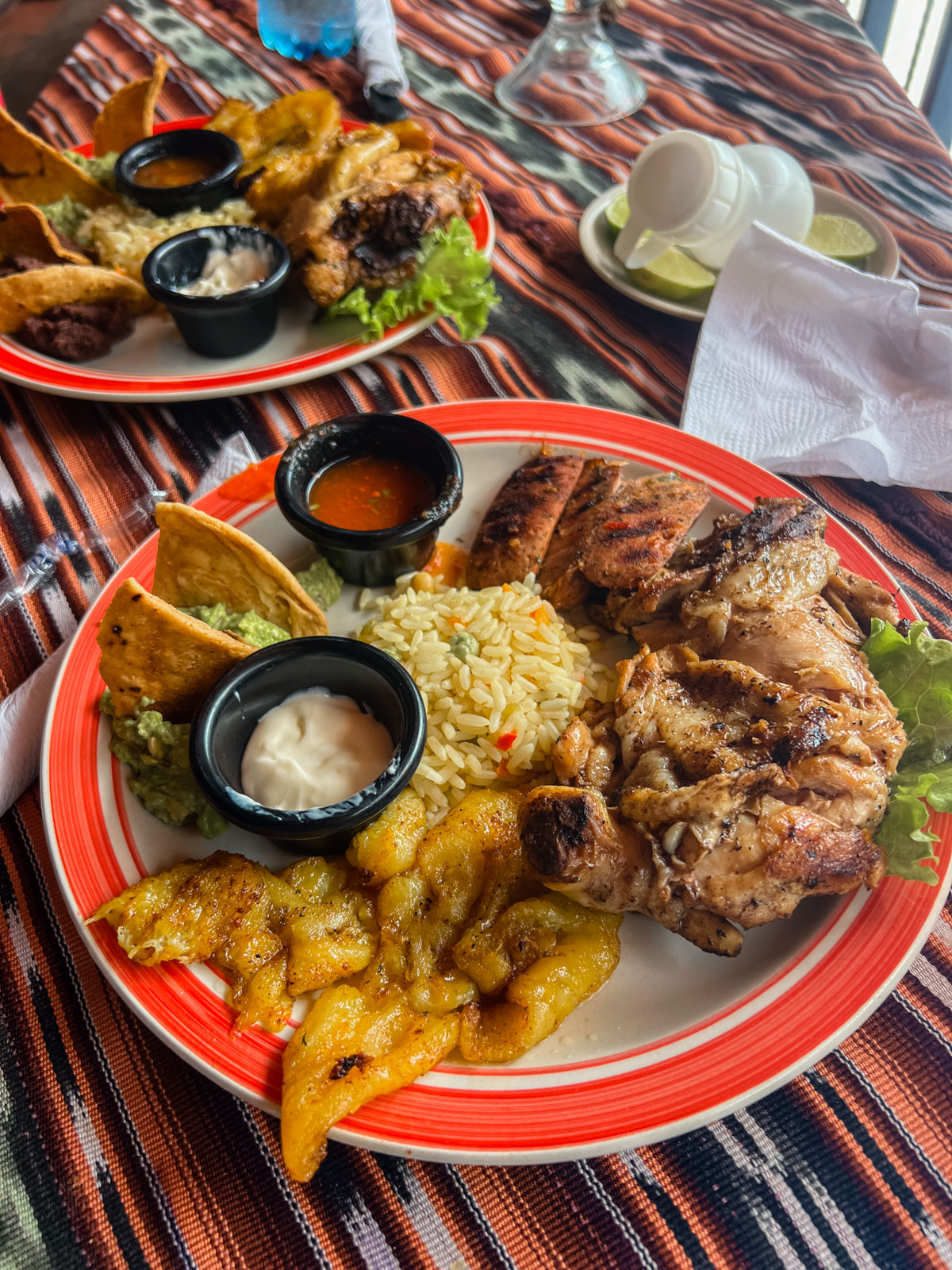
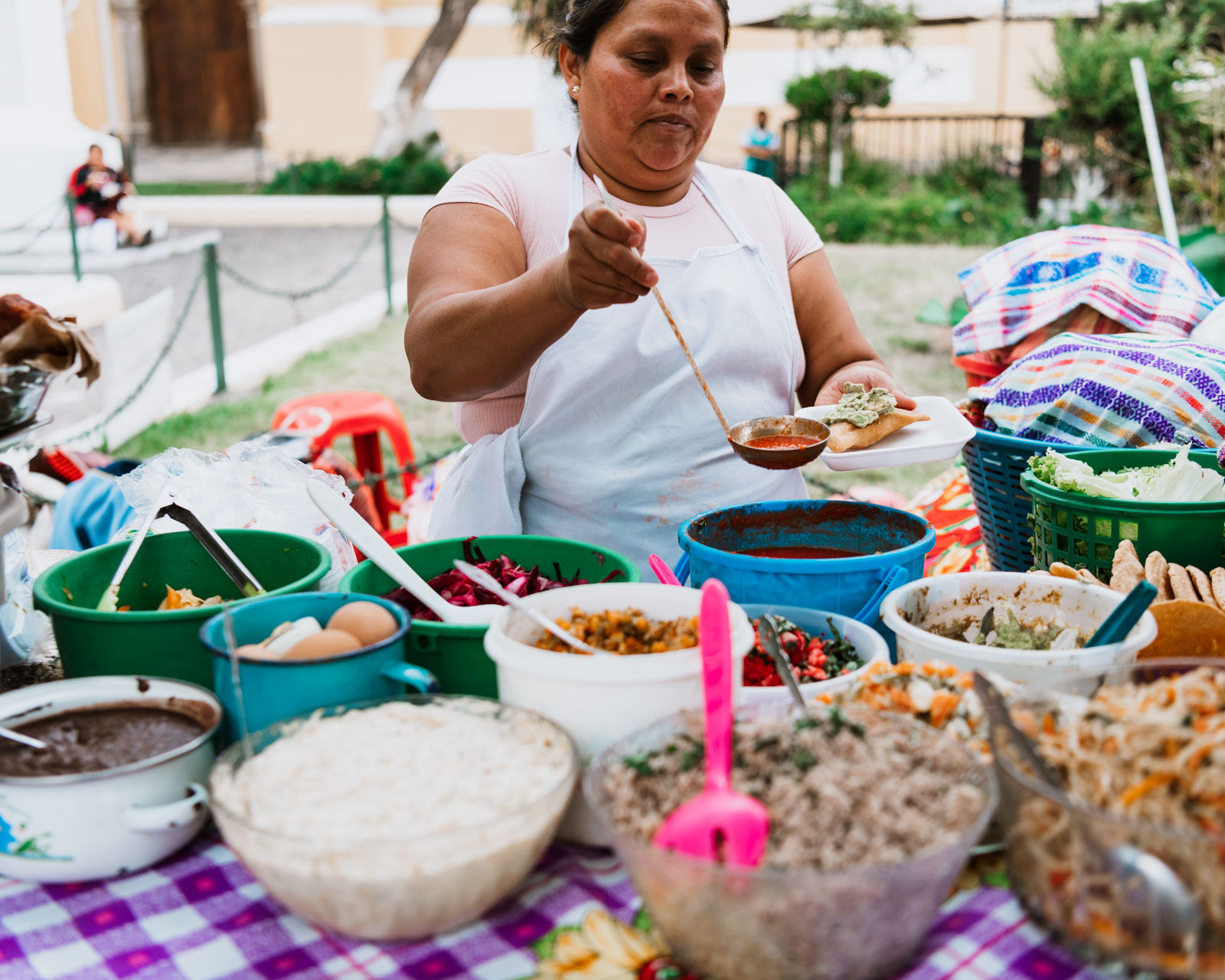
If you’ve traveled enough around Central America I’m sure you’ve noticed the similarities between their cuisines, especially the ones called Plato típico.
“Plato típico” is a Spanish term that can be translated to “typical dish” or “national dish”. It refers to a particular dish or cuisine that is characteristic or representative of a specific region, culture, or country. It’s usually some form of the above image that includes a protein typically chicken or beef, rice and beans with leafy greens like lettuce.
My favorite place to eat Guatemalan Plato típico is El Portón Tipico, a quaint little unsuspecting hole in the wall. It was definitely my favorite restaurant in Antigua and highly recommend you try it out. There are also street vendors outside of Iglesia de la Merced serving local bites.
Visit Hobbitenango
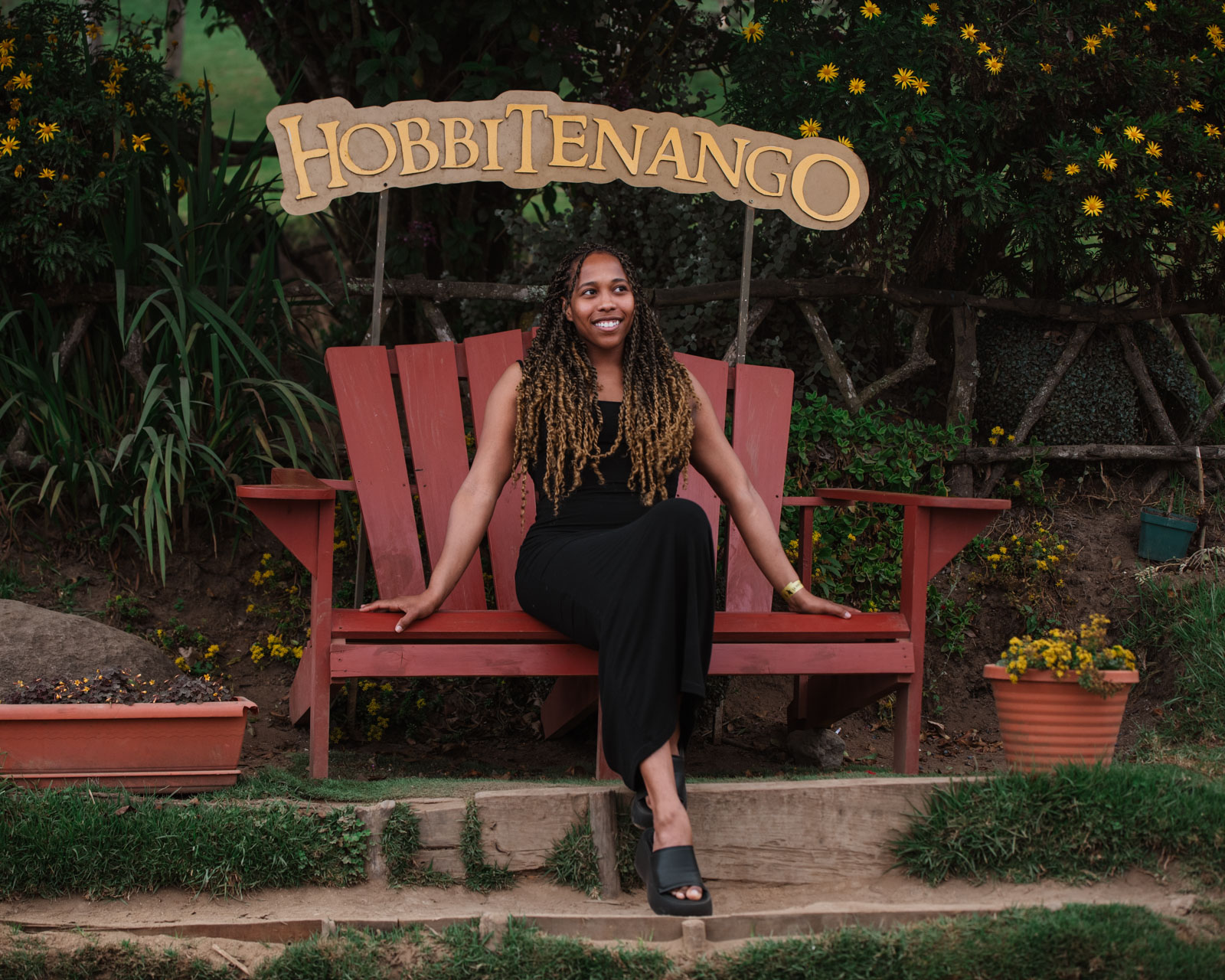
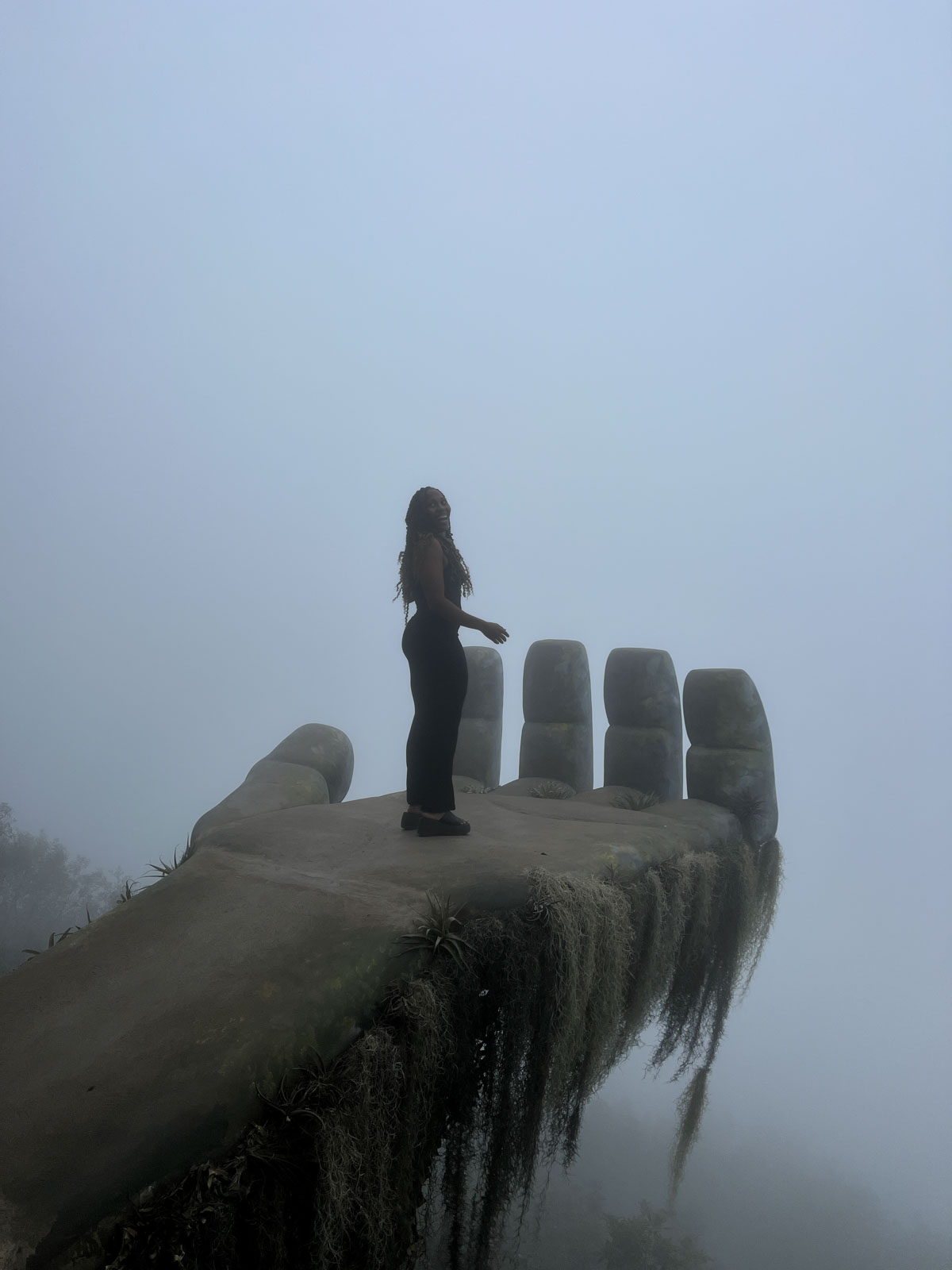
Nestled in the lush highlands of Guatemala, just a short drive from Antigua, lies Hobbitenango. A truly enchanting destination that transports visitors to a magical realm straight out of Middle-earth.
At Hobbitenango, you can stay in one of the cozy and beautifully crafted hobbit houses, complete with round doors and windows, curved walls, and intricate details. But the real magic of Hobbitenango lies in its breathtaking natural surroundings. Perched atop a mountain at over 7,000 feet above sea level, this eco-friendly resort offers stunning views of the surrounding valleys and volcanoes, including the mighty Agua, Fuego, and Acatenango.
Unfortunately our evening visit was overshadowed, quite literally, by dense fog which made visibility limited and photos next to impossible. I recommend calling in advance to inquire about the weather before making the 30 minute drive up. If you fall unlucky as we did you can still make the most of it by touring the grounds, grabbing a bite to eat and for the more adventurous, swinging off a semi-sketchy rope swing. I also recommend taking with you a light sweater or jacket as it gets cold up there.
Hike volcanoes Acatenango & Fuego
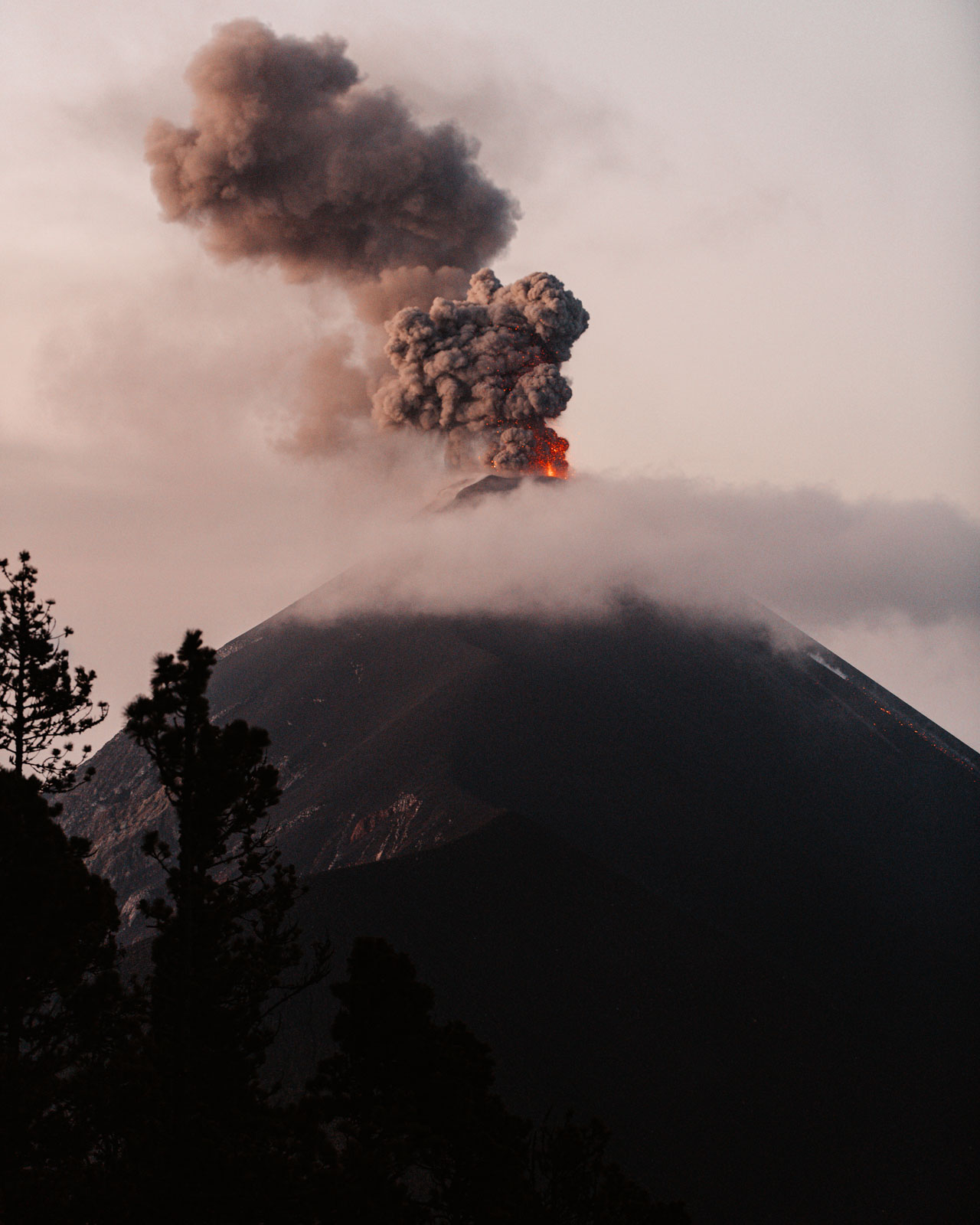
Alright adventurer, let me tell you about Acatenango and Fuego. These volcanoes are not for the faint of heart. The hike is challenging, but the views are out of this world. The summit of Acatenango is a prime spot to witness Fuego’s fiery eruptions. But be warned, Fuego is an active volcano, so the risk is real. In 2018, Fuego exploded, spewing ash and lava everywhere. It was a sight to behold. But don’t let that deter you, the thrill of standing atop Acatenango is worth it. The volcanoes are a reminder of the raw power of nature, and an adventure you won’t soon forget.
If you are up for the challenge, this blog posts details what to expect and how to prepare. Hiking Acatenango and Fuego Volcano.
Exploring the history of the most famous volcanoes in Guatemala
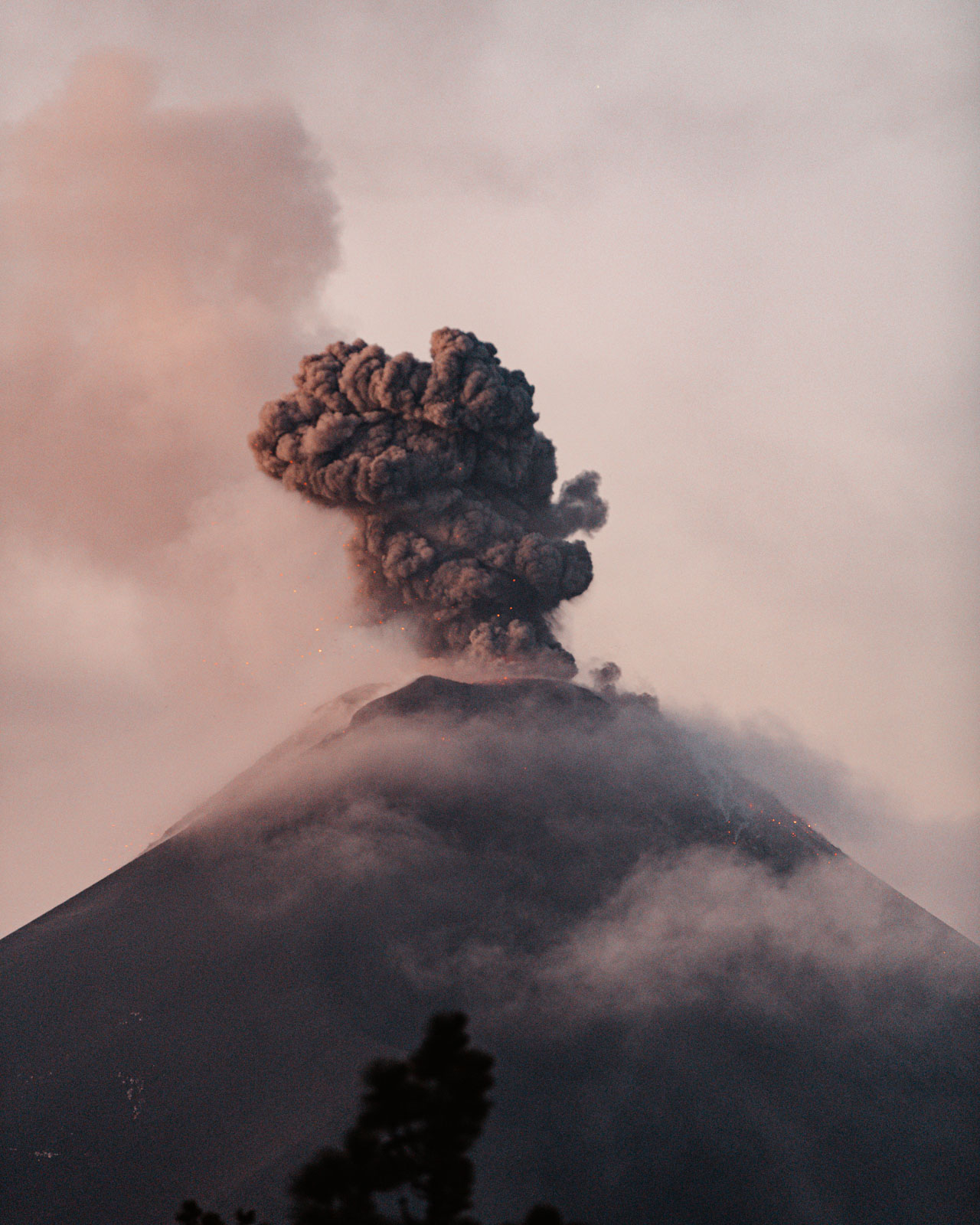
Acatenango, standing at 3,976 meters (13,045 feet), has a history of volcanic activity dating back to around 2000 BC and has erupted multiple times, with the most recent eruption occurring in 1972. Acatenango offers stunning views of the neighboring Fuego Volcano, which often produces smoke and ash visible from miles away.
Fuego Volcano, at 3,763 meters (12,346 feet), is consistently erupting and is among the most active volcanoes globally. Since the Spanish colonial era, Fuego has been erupting regularly, with explosive eruptions capable of causing significant damage. The most recent major eruption occurred in 2018, resulting in the evacuation of thousands of people from the area.
Acatenango and Fuego Volcanoes have shaped the landscape, cultural and spiritual beliefs of the indigenous communities and the history of Guatemala. Today, they continue to attract visitors worldwide who come to hike, camp, and witness the power of nature.
Lake Atitlan
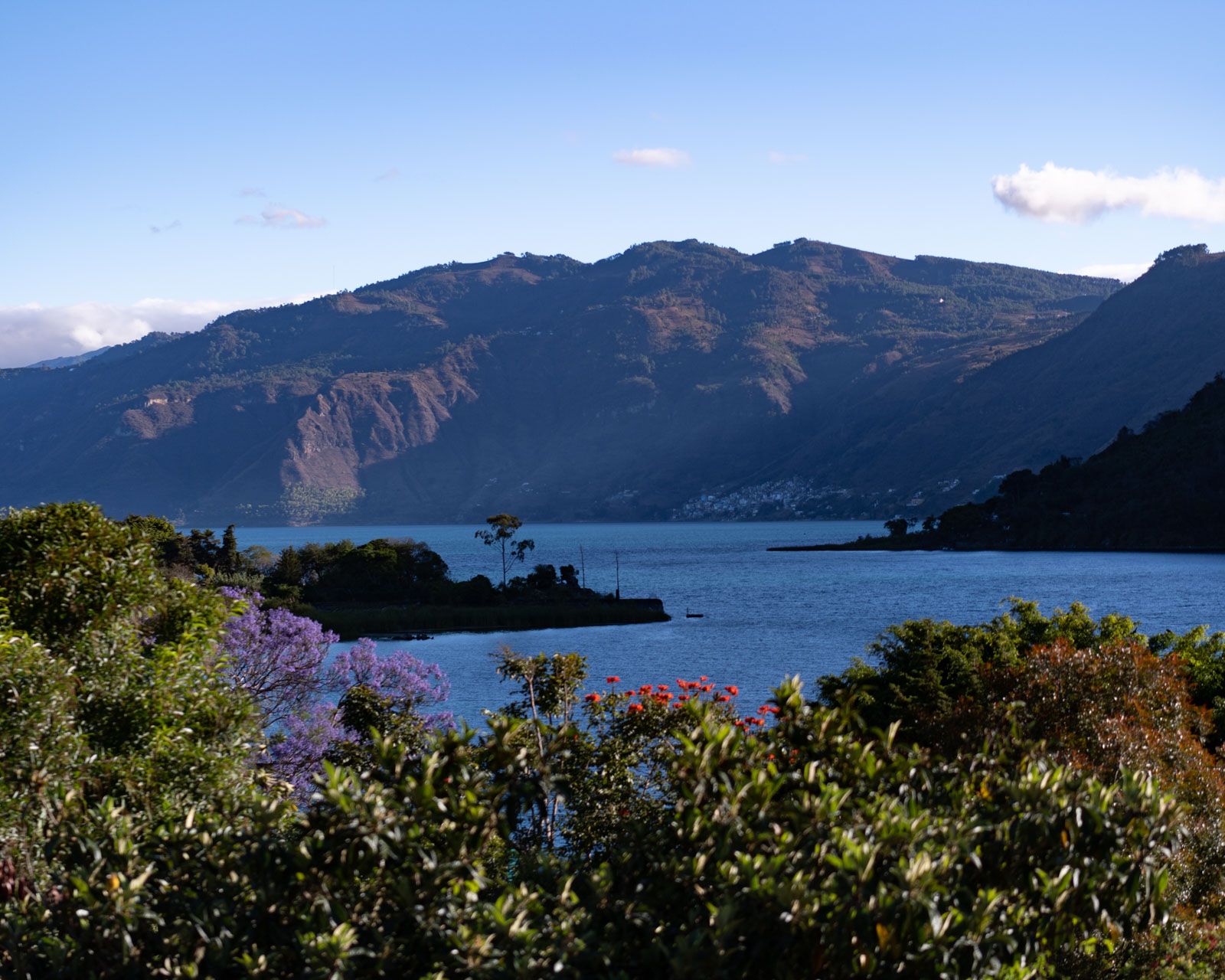
Lake Atitlan is a breathtaking destination in Guatemala. Its crystal-clear waters and surrounding volcanoes provide a stunning backdrop for outdoor activities such as hiking and kayaking. Tourists can explore the lake’s many indigenous villages, each with its unique culture and traditions. The town of Panajachel offers a bustling market and a variety of restaurants. Visitors can also relax at one of the lake’s many resorts, which offer stunning views and comfortable accommodations. A trip to Lake Atitlan is a must for any traveler seeking natural beauty and cultural immersion.
post highlights all the activities you can indulge in and how to make the most of your trip to Lake Atitlan.
Exploring the history of Lake Atitlan, Guatemala
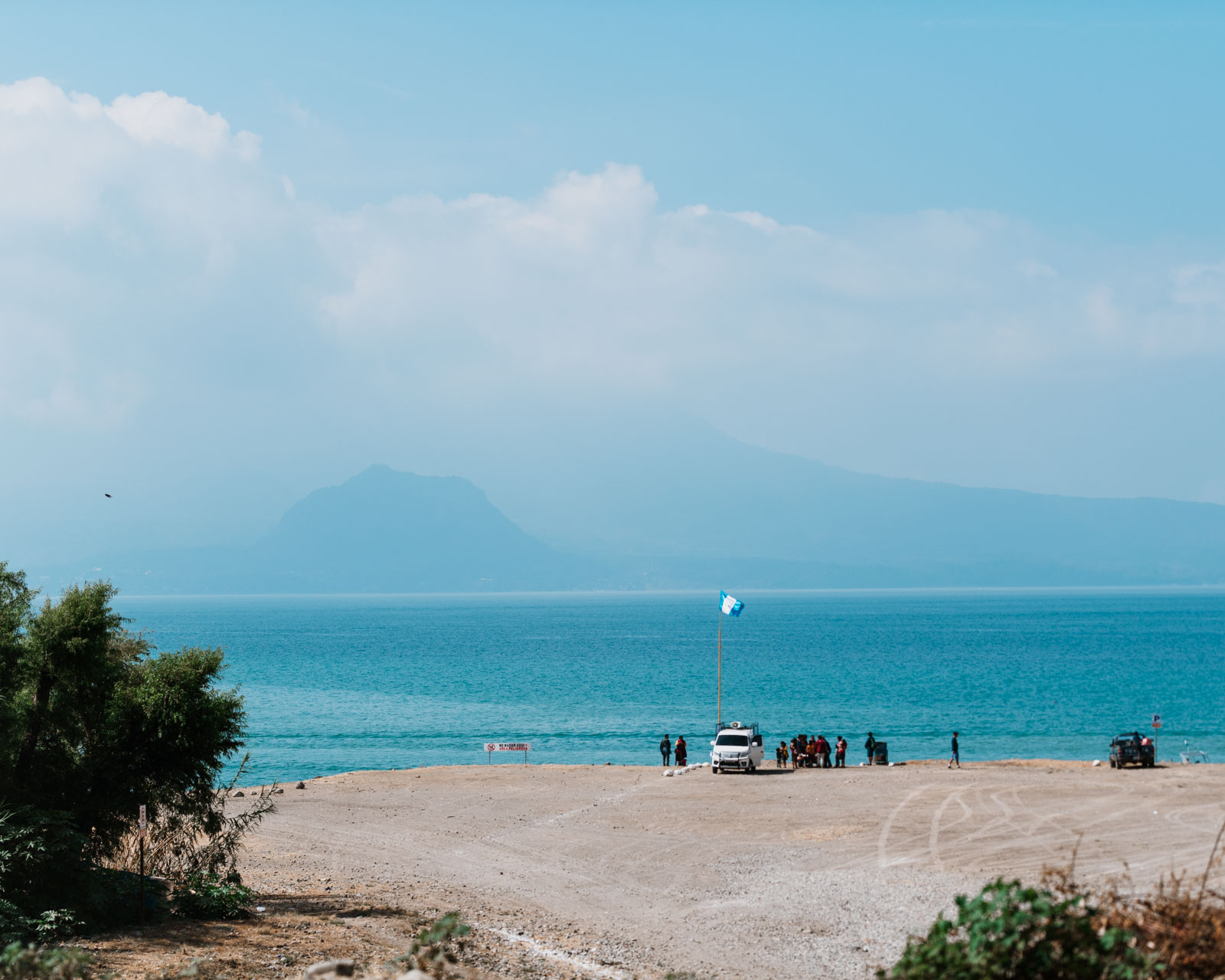
Lake Atitlán is a magnificent body of water located in the Guatemalan Highlands. Its formation dates back over 80,000 years when a volcanic eruption created a massive caldera. Over time, rainwater and underground springs filled the caldera to form the lake we know today.
The lake has played a significant role in the region’s history. The indigenous Maya people settled around the lake over 3000 years ago, and it was a vital center of commerce and trade. The Maya traded textiles, jade, obsidian, and cacao, and the lake provided a means of transportation for these goods.
The Spanish arrived in the area in the 16th century, and Lake Atitlán became part of the colonial trade network. The Spanish established towns around the lake, and the indigenous people were forced to work in mines and on plantations. The lake also served as a vital source of water for the Spanish and their livestock.
During the 20th century, Lake Atitlán became an important destination for travelers seeking adventure and spiritual enlightenment. Writers, artists, and musicians were drawn to the lake’s natural beauty and the colorful cultures of the Maya communities.
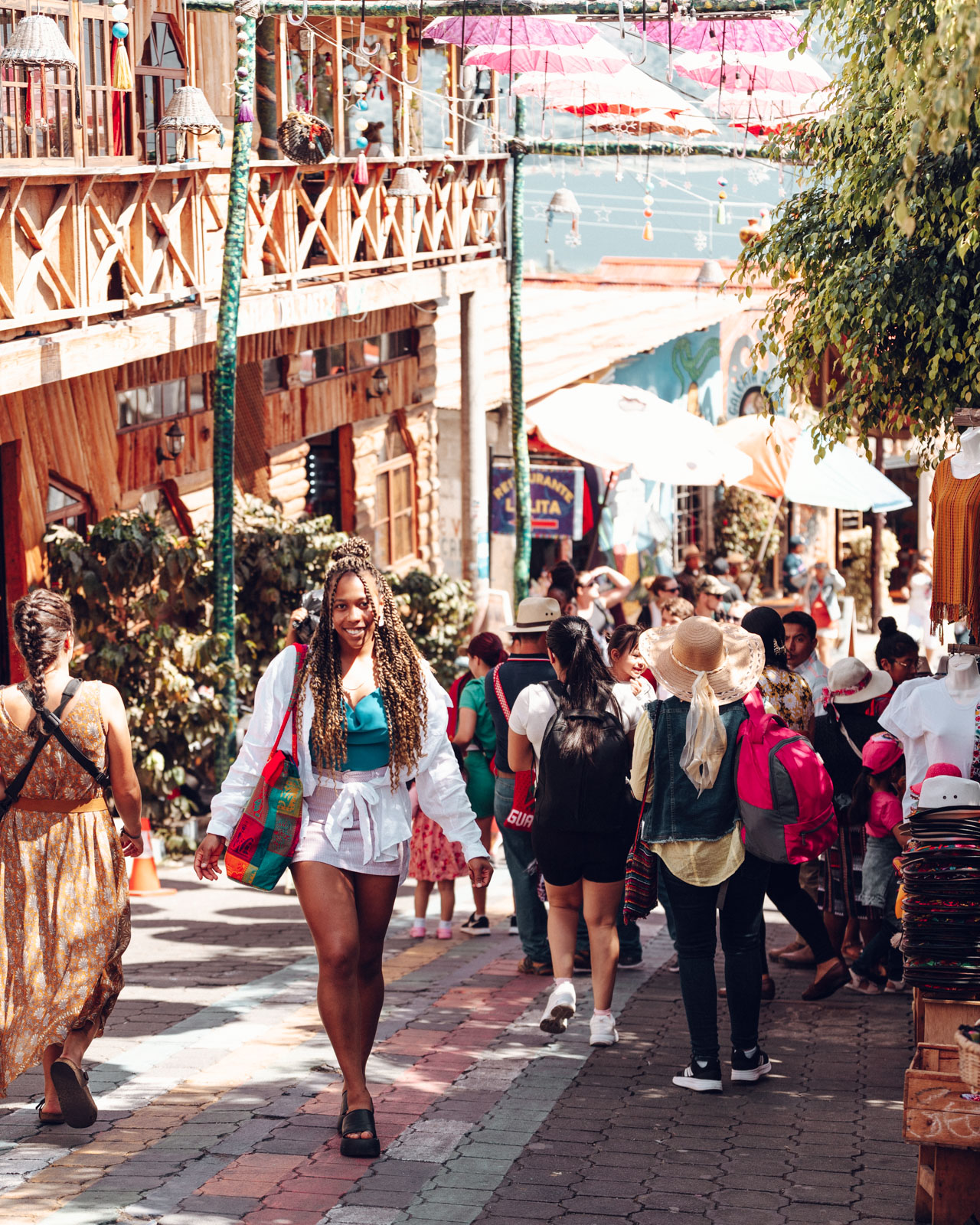
To conclude, Guatemala’s diverse landscape boasts ancient Mayan ruins, active volcanoes, and breathtaking lakes. Its rich culture and friendly people make it a must-visit destination for any traveler seeking adventure, history, and unique experiences. Exploring this vibrant country will leave you with memories to cherish for a lifetime.
Guatemala Travel Iteninary
- Spend 5 days in Antigua
- 2 of those 5 days in Antigua will be used to hike Acatenango
- Spend 4-5 days in Lake Atitlan
- Spend 1 day in Guatemala city on your way out of Guatemala
Where to stay in Antigua
- Barbara Boutique Hostel
- Hotel Casa Santo Domingo
- Porta Hotel Antigua
- Camino Real Antigua Guatemala
- El Convento Boutique Hotel Antigua Guatemala
- Casi Casa Hostel
Tips
- Your Uber to Hobbitenango will likely be cancelled. Uber drivers prefer to go off the app to make more money as it is a 25 minute drive.
- Carry more cash than you think you need. Modern restaurants and stores may accept credit/debit cards but many other places wont.
- Getting around in Antigua should only cost 20-30 quetzales. I was quoted 150 quetzales on my last day in Antigua, I chuckled and handed him 25 instead. It was a 5 minute tuk tuk ride.
Related
Leave a Reply Cancel reply
You must be logged in to post a comment.
Before you go, be sure to subscribe so you don't miss out on the latest blog posts, opportunity to travel with me and more!
Explore With Me
Thank you!
You have successfully joined our subscriber list.
design by oregon lane
privacy policy
all rights reserved